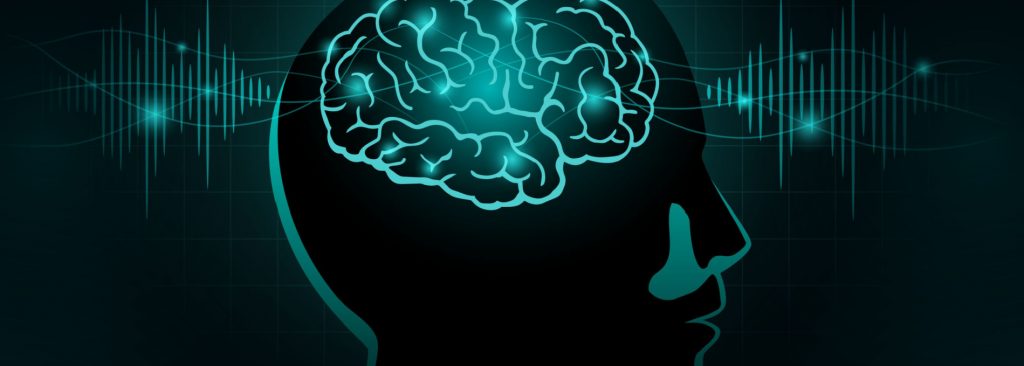According to a new study by researchers at the University of Colorado Anschutz Medical Campus, controlling the circadian rhythm through intense light and timed therapy may help prevent or treat a number of diseases of the circulatory system, including heart disease. The study was published in Circulation Research, an official journal of the American Heart […]
How Different Sleep Types Affect Long-Term Health
As decades of research have shown, poor sleep habits are closely linked to long-term chronic health conditions. To better understand this link, a team led by researchers at Penn State College of Health and Human Development identified four distinct patterns that characterize most people’s sleep patterns. These patterns also tell us something about long-term health. […]
Sleep Improves the Ability to Remember Complex Events
Sleep helps to consolidate our memory for complex associations, supporting our ability to complete memories of entire events. Researchers have known for some time that sleep consolidates our memories of facts and episodic events. However, previous research has mainly focused on simple associations, i.e. connections between elements, such as those we make when learning new […]
Can a High-Protein Diet Prolong Life?
Eating nutrient-rich foods can improve metabolic health and delay the ageing process. But what levels of macronutrients in the diet are appropriate to achieve this? To answer this question, Japanese researchers fed young and middle-aged male mice an isocaloric diet with varying levels of protein. They found that the mice were metabolically healthier when fed […]
Sound Stimulation and Electrical Impulses During Sleep to Combat Cognitive Impairment and Strengthen Memory
Deep sleep is crucial for memory consolidation. Several sleep disturbances have been observed in people with mild cognitive impairment. Among the most pronounced changes is a reduction in the amount of time spent in the deepest phase of sleep. Research from Northwestern University suggests that gentle sound stimulation during deep sleep improves deep sleep in […]
- « Previous Page
- 1
- …
- 11
- 12
- 13
- 14
- 15
- …
- 204
- Next Page »









